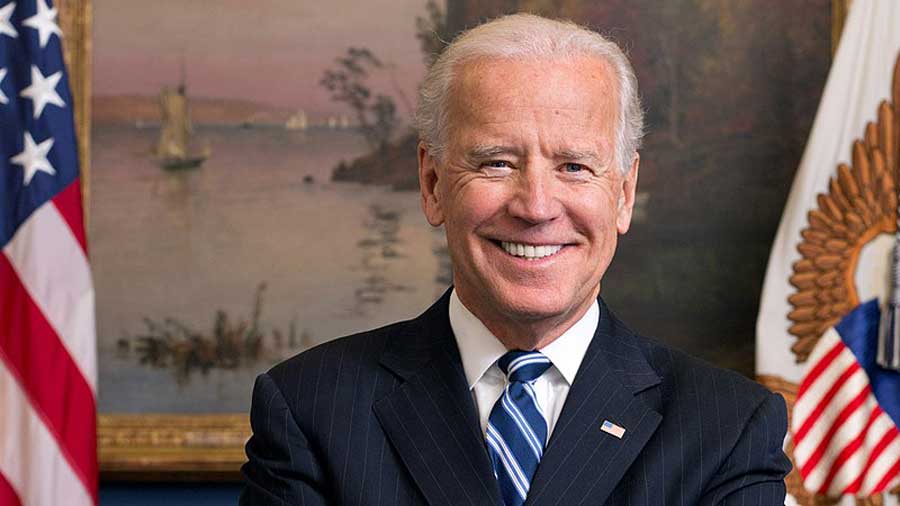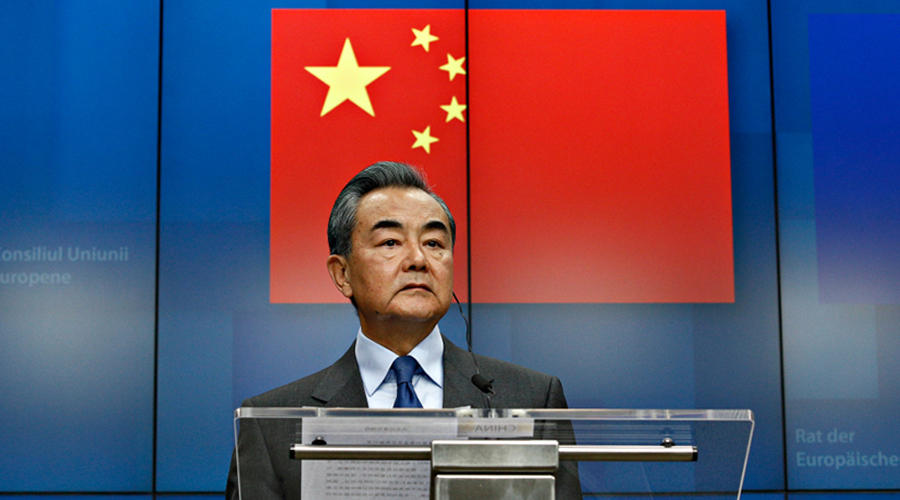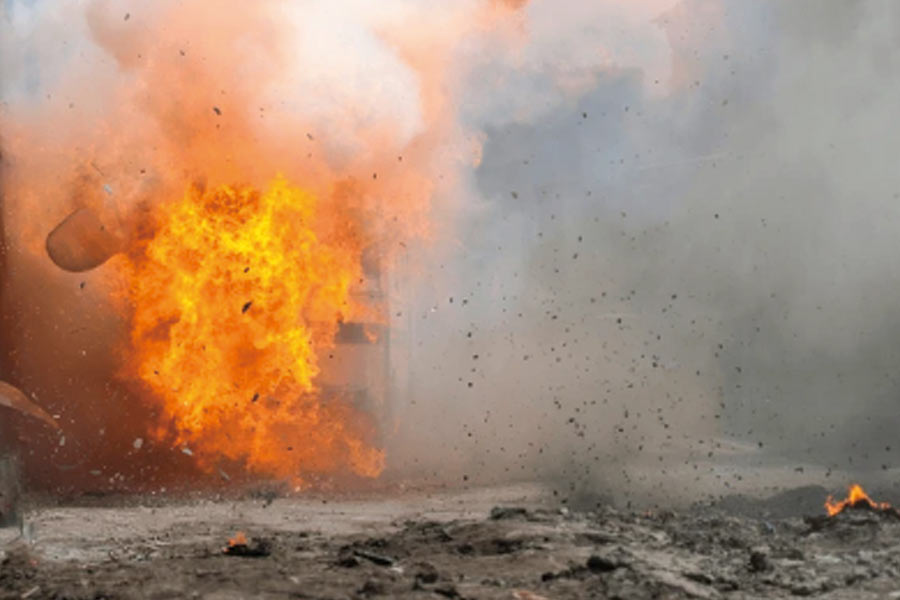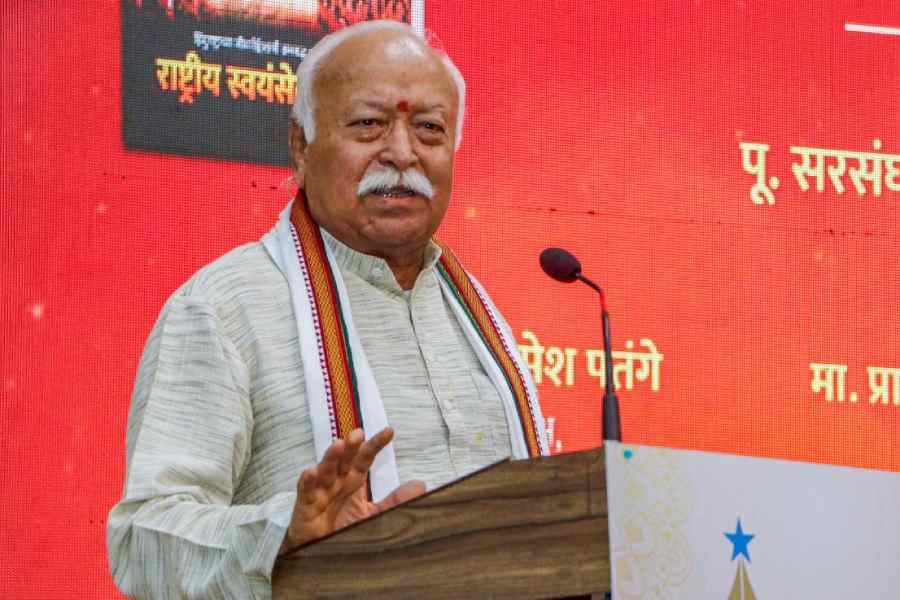The Joe Biden administration has initiated an outreach to Iran with the hope of eventually reviving the Joint Comprehensive Plan of Action but China is seemingly ahead of the curve. Last month, the Chinese foreign minister, Wang Yi, undertook a week-long, six-nation Middle East tour, which saw him travelling to a diverse set of states, including Saudi Arabia, Turkey, Iran, the United Arab Emirates, Oman and Bahrain. While the signing of the 25-year strategic partnership pact with Iran has garnered a lot of attention, Beijing also unveiled a rather ambitious plan “for achieving security and stability in the Middle East by offering constructive boosts to Palestine-Israel dialogue, resuming the Iran nuclear deal and building a security framework in this region.” This was a virtual declaration, if it was needed, that China has arrived in the Middle East and it intends to stay there for good.
Ever since the days of the Barack Obama administration, Washington has been signaling that it wants to move away from the region and focus more on the Indo-Pacific, which is now the centre of gravity of global politics and economics. In the process, it has left its partners and foes in the Middle East equally confused and, so, the attraction for a Chinese presence in the region has been growing, moving beyond the economic to the wider strategic ambit. While Obama shunned America’s traditional allies, Donald Trump courted them, and Biden is still trying to figure out what to do.
On the JCPOA, however, the Biden administration is putting all its energies to revive that pact from which Trump pulled the US out in 2018, arguing that it had done nothing from stopping Tehran’s march to nuclear capability, and re-imposing debilitating sanctions on Iran. Biden has been a big votary of the JCPOA. Earlier this month, the parties associated with the pact had an initial meeting in Vienna. With Iran insisting that the United States of America should remove sanctions first and Washington asking Iran to take the first step by restarting its compliance with the pact, the divide between the two sides remains huge.
The signing of the strategic cooperation pact with China gives Tehran greater space to manoeuvre vis-à-vis the US as Beijing is expected to not only buy more Iranian oil, seemingly at a heavily discounted rate, but also to invest in Iran. This new Comprehensive Strategic Partnership was first proposed in 2016 and has only now been completed although the details of the pact are still not in the public domain. Moving beyond oil, the aim of the arrangement is to enhance China-Iran strategic ties with military cooperation, joint training and high-end technological cooperation between the defence industries of the two nations. China would like to bring Iran into its Belt and Road Initiative with major investment projects in and around the country. While various reports have talked about a potential $400 billion investment commitment from China, Beijing has been more circumspect, saying that “[the plan] does not include quantitative specific contracts or indicators”.
How far this expansive vision of China-Iran strategic partnership gets operationalized on the ground remains to be seen, especially in a context where fears of overdependence on China have been quite explicitly expressed in Iran in the past. For all the rhetoric, Chinese companies have been risk-averse in investing in Iran and have shied away from major investment projects because of American sanctions. For both China and Iran, the first priority is to manage ties with the US. In their outreach to each other, they are also signaling to Washington and if the US manages to improve its ties with Iran, it will have an important bearing on the Sino-Iran partnership as well.
At the regional level, China has far greater stakes in the Gulf. For all the talk, Beijing cannot afford to ignore or antagonize regional powers like the UAE or Saudi Arabia. In the Middle East, UAE, Saudi Arabia Iran and Israel are China’s largest trading partners and the fault-lines between the Arab Gulf states and Israel on the one side and Iran on the other have only sharpened in recent years. Even as part of the BRI, Gulf partners are witnessing growing investments from China. During Wang Yi’s recent visit to the region, China also engaged in vaccine diplomacy with the UAE deciding to produce 200 million doses of China’s Sinopharm vaccine. Beijing has kept the doors of defence partnership open with other regional states as well and is in no hurry to put all its eggs in Iran’s basket.
During the much talked about Alaska summit in March, China expressed its desire to work with the US in managing the Iranian issue. While some have described the recent Sino-Iran agreement as a “momentous change”, arguing that Beijing had long avoided getting too close to Iran because of US “sensitivities”, but “with fundamental changes in China-US relations in recent months, that era has gone”, it is not readily evident even now that Tehran can become the key issue for Beijing in its engagement with Washington as well as in its regional priorities.
As the great power contest takes shape between the US and China, the Sino-Iran deal underscores that the Middle East is fast emerging as an important theatre for competitive jostling. But whether it heralds a new era in Chinese foreign policy or Middle Eastern geopolitics is still far from clear.












